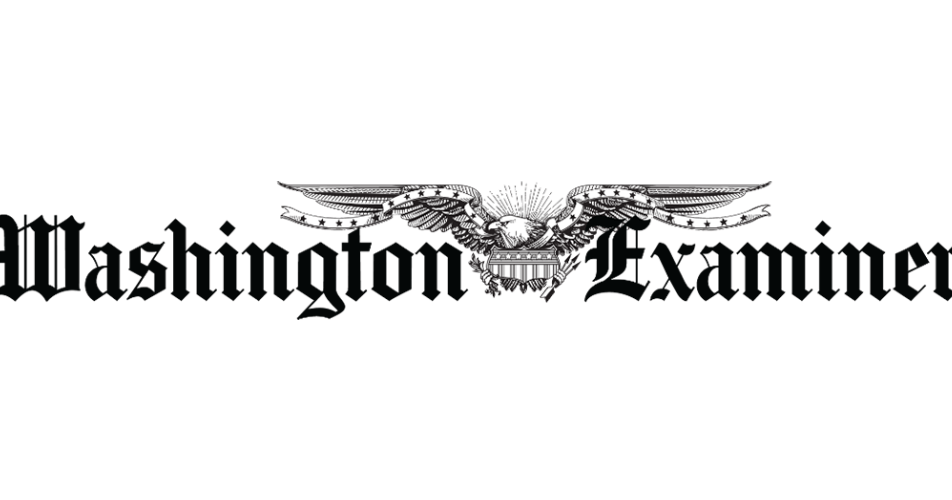The US dollar experienced a significant reversal in fortunes recently, relinquishing its early gains following the release of weaker-than-anticipated US labor market data. What initially appeared to be a period of strengthening for the greenback, perhaps fueled by broader market optimism or the anticipation of robust economic indicators, quickly dissolved as new figures painted a less sanguine picture of the nation’s employment landscape. This unexpected downturn has sent ripples through global financial markets, prompting investors to swiftly re-evaluate their positions and recalibrate their expectations for economic growth.
Specifically, reports detailing slower job creation across various sectors and a slight but notable uptick in unemployment figures served as the primary catalyst for the dollar’s retreat. These key economic indicators, meticulously watched by analysts and policymakers alike, pointed to a cooling in the labor market, a stark contrast to the preceding periods of rapid job growth. The discrepancy between market expectations and the actual data underscored underlying vulnerabilities in the economy, raising questions about its overall resilience and the sustainability of its recovery trajectory.
The immediate consequence of this data was a pronounced sell-off of the US Dollar against a basket of major global currencies. Traders and institutional investors, reacting to the diminished prospects of aggressive interest rate hikes and potentially slower economic expansion, moved to divest from dollar-denominated assets. This collective shift in sentiment highlights the extreme sensitivity of financial markets to fundamental economic data, where even subtle changes in employment statistics can trigger significant currency fluctuations and capital reallocation.
Analysts are now widely suggesting that this softening in the labor market could exert considerable influence on the Federal Reserve’s monetary policy. With inflation concerns still lingering but economic growth showing signs of deceleration, policymakers might be compelled to reconsider their aggressive stance on interest rate adjustments. A slower pace of rate hikes, or even a pause, could be on the table as the Fed assesses the broader economic implications of a cooling labor market, aiming to strike a delicate balance between price stability and economic stability.
Beyond its direct impact on the US Dollar and monetary policy, the weaker labor report underscores ongoing concerns about the dual challenges of inflation and economic growth. While a less tight labor market might eventually ease wage pressures, the immediate concern for financial markets is the potential for a growth slowdown without a significant reduction in inflation. This complex economic scenario necessitates cautious navigation by central banks and could lead to prolonged periods of market volatility as investors seek clarity on future economic conditions and policy responses.
Looking ahead, the trajectory of the US Dollar will largely depend on subsequent economic releases and the Federal Reserve’s agile response to these evolving conditions. Further labor market data, inflation reports, and consumer spending figures will be critical in shaping market sentiment and influencing investment strategies in the coming weeks. This development is expected to have ripple effects across various asset classes, from commodities to equities, impacting trade balances and global investment flows as the world adjusts to a potentially altered economic outlook for the United States.
Discover more from The Time News
Subscribe to get the latest posts sent to your email.





